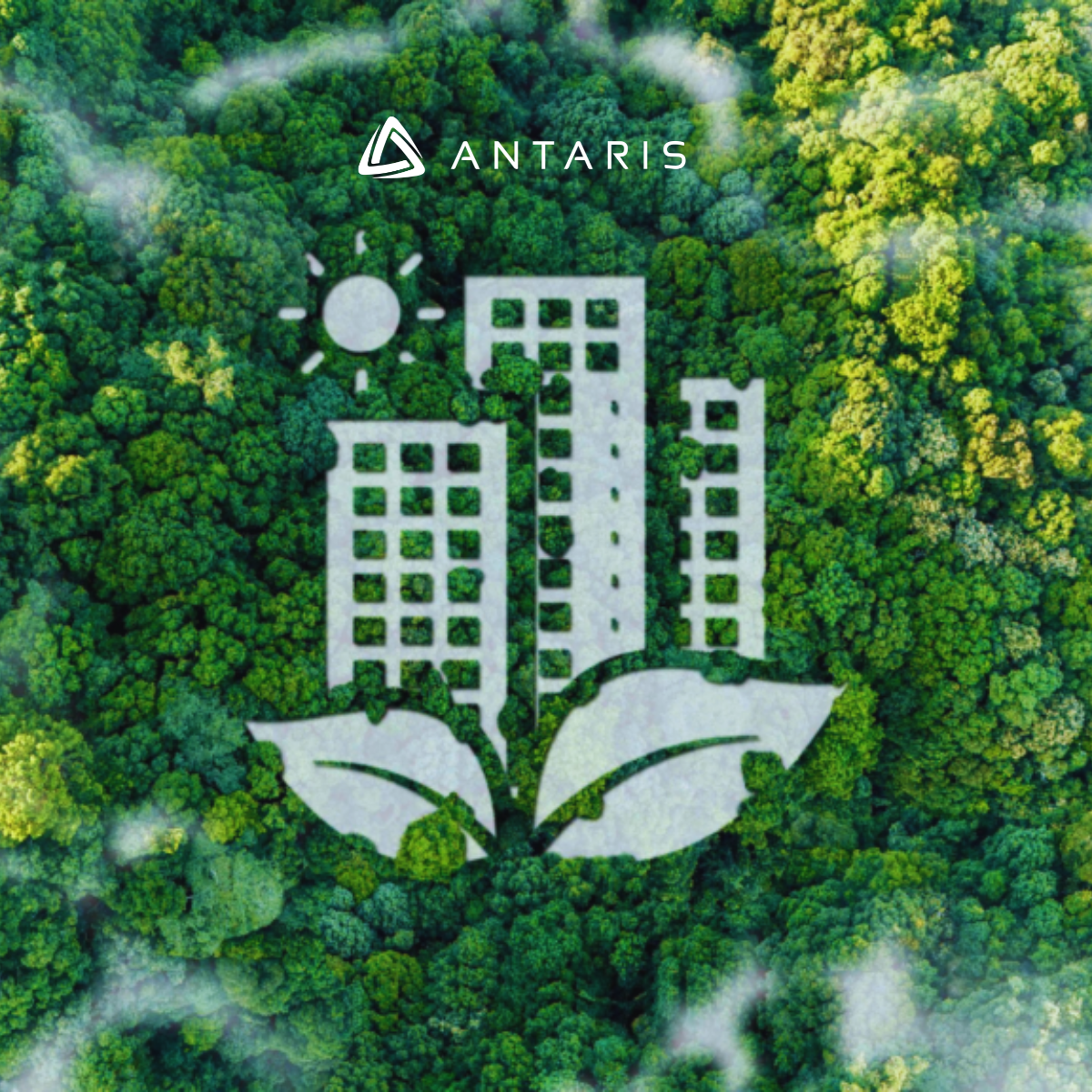ISO 50005:2021 Energy management – Guidelines for a phased implementation provides practical guidance to undertake a phased implementation of an energy management system (EnMS), e.g., by using in-house resources. The functioning EnMS can subsequently be extended to meet the requirements of ISO 50001 to help SMEs (small & medium-sized enterprises) manage their energy performance better, reduce their energy costs and GHG emissions, and help Ireland meet its net zero obligations.
The guidelines adopt a phased implementation approach by using twelve core elements based on ISO 50001:2018. It describes the intent of each element and describes four different levels of maturity for each element.
Implementing an energy management system standard, EnMS in an organisation can be very challenging because of limited resources (e.g., knowledge and availability of personnel). A phased implementation results in several benefits to the organisation. The phased implementation described in ISO 50005 offers flexibility that allows an organisation to:
- Lower its energy usage and save money on its energy bills
- Reduce the impact of rising energy prices
- Work towards climate and sustainability goals
- Increase profitability and competitiveness
- Win new business and identify additional tendering opportunities
- Reduce its carbon footprint
In addition, the guidelines encourage the organisation to build a strong foundation to expand an existing EnMS towards meeting the requirements of ISO 50001:2018.
The UK Carbon Trust has stated that a 20% cut in energy costs represents the same bottom-line benefit as a 5% increase in sales for many businesses.
The elements of ISO 50005 follow the broad structure of ISO 50001:2018, including:
- The Context of the organisation
- Leadership
- Planning
- Support
- Operation
- Performance evaluation
- Improvement
However, in ISO 50005 these are called the twelve elements and within each element, there are four maturity levels, which represent a progression from a low level of energy management experience (level 1) to a level approaching ISO 50001 conformity (level 4).
The twelve elements are as follows:
- Element 1 Context of the organisation
- Element 2 Leadership
- Element 3 Resources
- Element 4 Energy review
- Element 5 Energy performance indicators and energy baselines
- Element 6 Objectives, energy targets and action plans
- Element 7 Competence and awareness
- Element 8 Operations and maintenance
- Element 9 Procurement and design
- Element 10 Process for communication and control of documented information
- Element 11 Monitoring, measurement, analysis and evaluation of energy performance
- Element 12 Management review and improvement
The four maturity levels can generally be described as follows.
Level 1: Enabling energy management: initial management support, some awareness and understanding of energy use and opportunities for energy savings, collection of some energy data (e.g., energy bills), no systematic energy management practices.
Level 2: Enhancing energy management: energy policy in place, formal team, conduct basic analysis of energy consumption and energy cost data, evaluate opportunities for energy savings, some systematic energy management practices.
Level 3: Emerging EnMS: systematic energy management practices, energy management becomes strategic, monitoring and review improved, legal compliance is part of the EnMS, the organization learns.
Level 4: Established EnMS: continual improvement of the EnMS and energy performance, core elements of ISO 50001 implemented, ready for gap analysis versus ISO 50001, if desired.
Predictability, effectiveness, and control of the EnMS should improve as the organisation moves up to higher levels in each element. The maturity model provides a continuum along which progress can be made incrementally from one level to the next.
An example of the application of the maturity model including the levels attained can be seen most clearly in the Energy Review Element (element 4), a sub-element of which is energy data collection.
Level 1:
Collect energy data (e.g., by using energy bills).
Level 2:
Install permanent or temporary energy consumption meters wherever resources are available.
Store energy data in easily accessible formats and make it available to relevant personnel.
Level 3
Define energy data collection plans that include energy consumption, relevant variable data and operational criteria for the SEU(s) and energy consumption for the organisation.
Incorporate measurement needs into planning (e.g., purchasing/ installing submeters).
Level 4
Ensure that the equipment used for measurement provides data that are accurate and repeatable.
Review the energy data collection plans at defined intervals and update, as appropriate.
Additionally, two annexes are provided with further information on continual improvement and advancing of the EnMS & the level version of the maturity model. BSI working with BEIS and the Race to Zero campaign is supplying 100,000 free copies of ISO 50005, ensuring that no matter what size an organisation is, everyone can take the first step to a net zero future (https://www.bsigroup.com/en-GB/standards/bs-iso-500052021/).
One note of caution is that ISO 50005 is a guidance document only and cannot be directly certified.
In addition, attaining level 4 compliance for all twelve elements does not necessarily lead to meeting all the requirements of ISO 50001:2018 for certification purposes. Therefore, it will not be possible to become certified to ISO 50001:2018 directly from meeting all the Elements and Level 4 guidelines of ISO 50005:2021 but a gap analysis will show any shortcomings and allow for additional processes to be put in place to meet ISO 50001 requirements and those of the certification body.
In summary, ISO 50005:2021 provides the guidelines for a phased implementation of an Energy Management System (EnMS) for all types of organisations, including small and medium-sized enterprises (SMEs).
As such it is compatible and strongly correlatable with ISO 50001:2018, whilst affording the implementing organisation sufficient time to adopt a phased approach to the implementation of the energy management system standard.


